Dragonfly Nouveau is made using carbonic maceration - the traditional method by which wines are fermented in the Beaujolais region of France. Carbonic maceration allows fermentation to be initiated in each individual grape within an anaerobic environment (an environment without oxygen), rich with carbon dioxide. The result of this fermentation is a low tannin, fruity wine.
Nouveau wine has a deep history of tradition. Along with ensuring the fermentation process follows a certain standard, it is also tradition for this wine to be released at the same time each year. In the Beaujolais region of France, it has been celebrated as a race to see who can get the first bottle to Paris since 1960.
Dragonfly Nouveau becomes available on the third Thursday of November each year, and this will be the sixth year we have followed this tradition. We cannot wait to enjoy it with our holiday meals, as it makes a beautiful pairing for roast turkey, and complements nicely with tart cranberries.
Look for Nouveau in our tasting room, starting November 16, 2023.
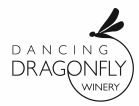
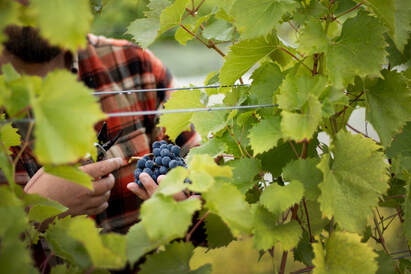
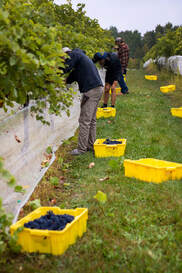
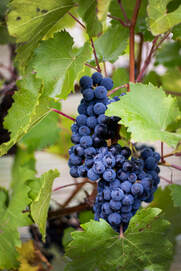
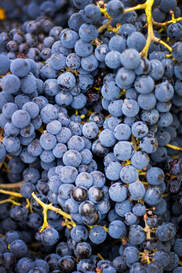
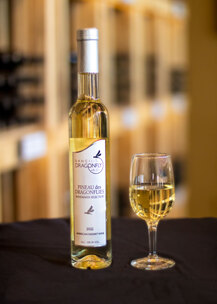
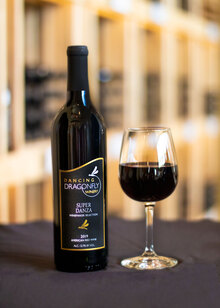
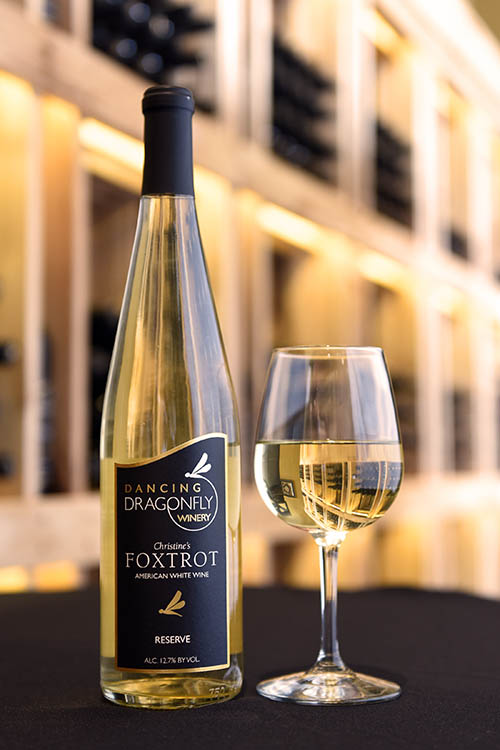
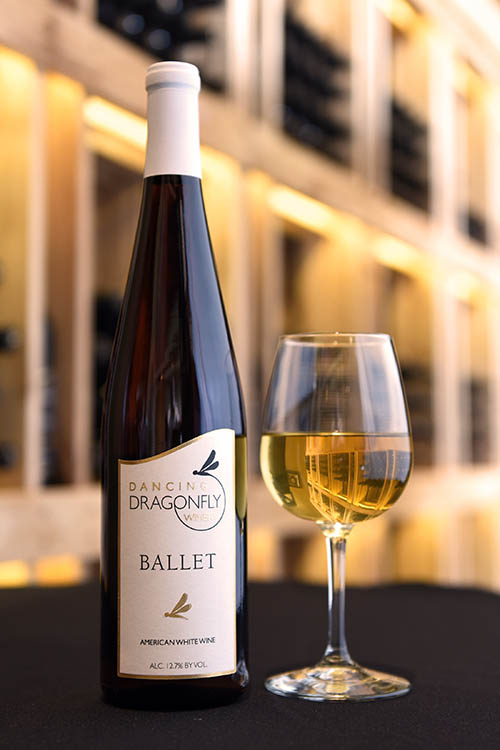
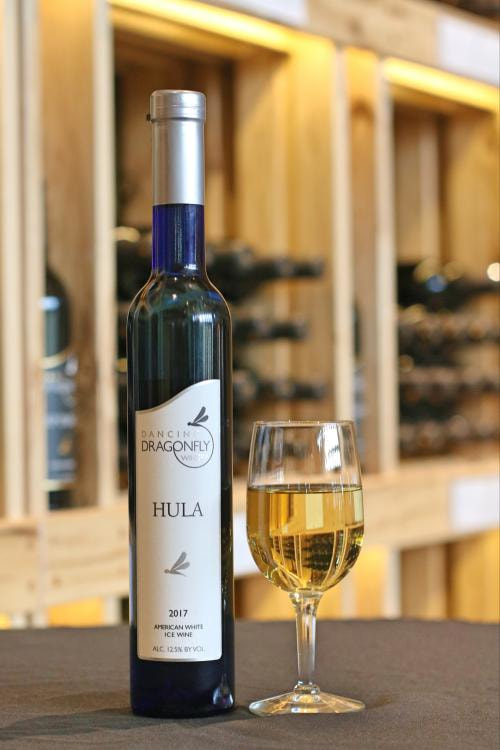
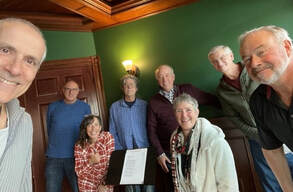

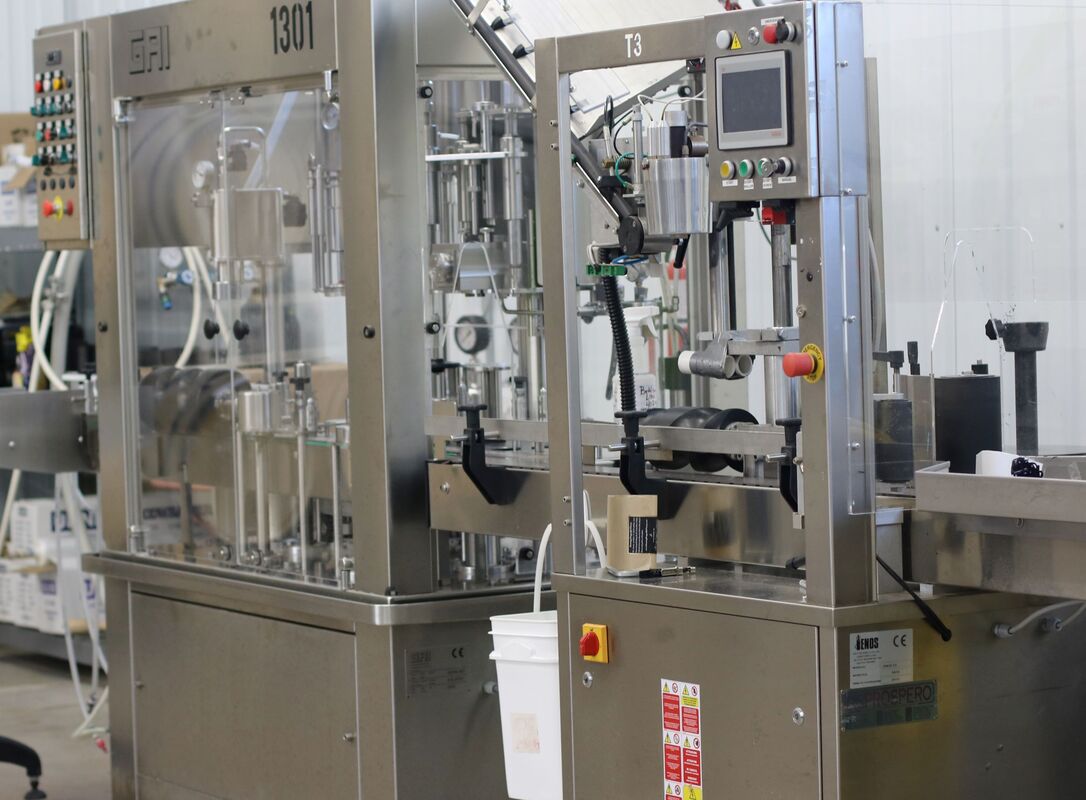
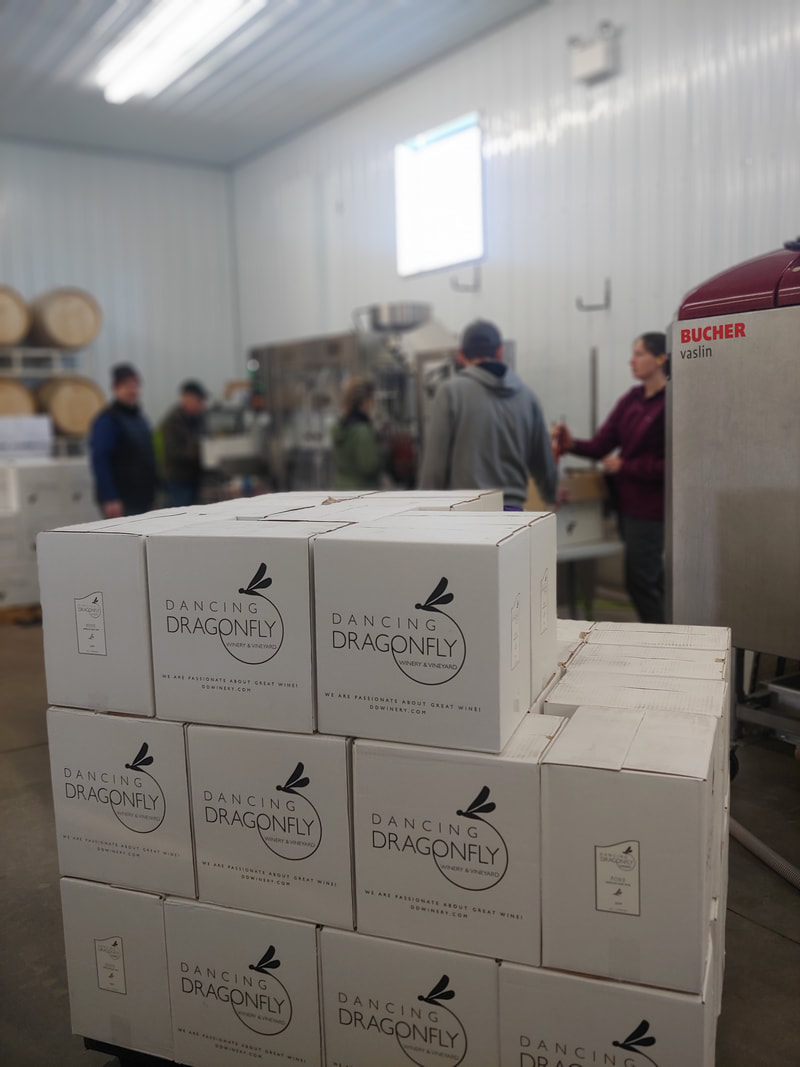
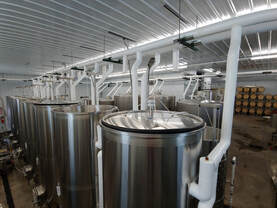
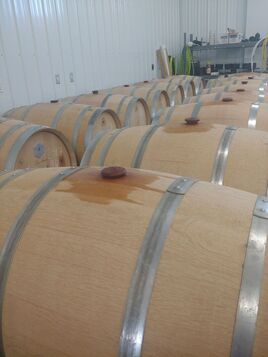
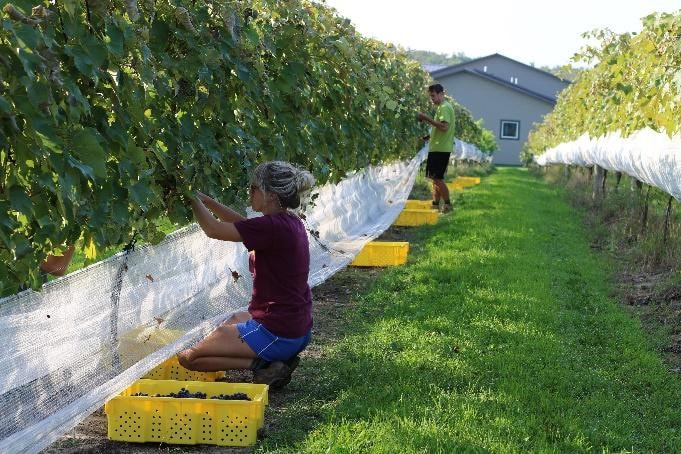
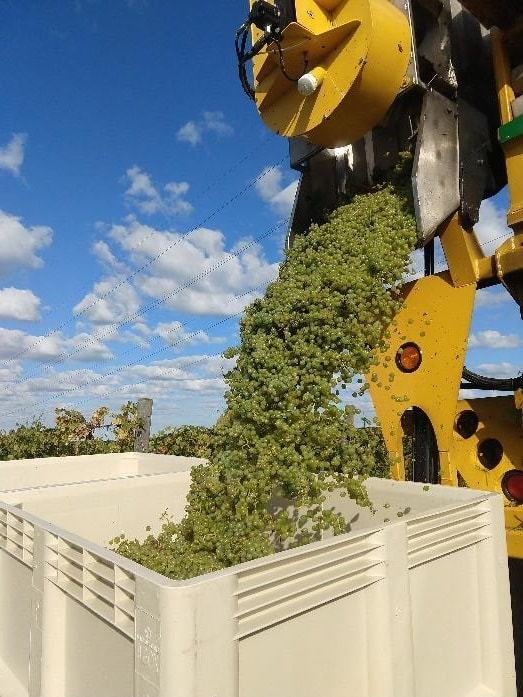
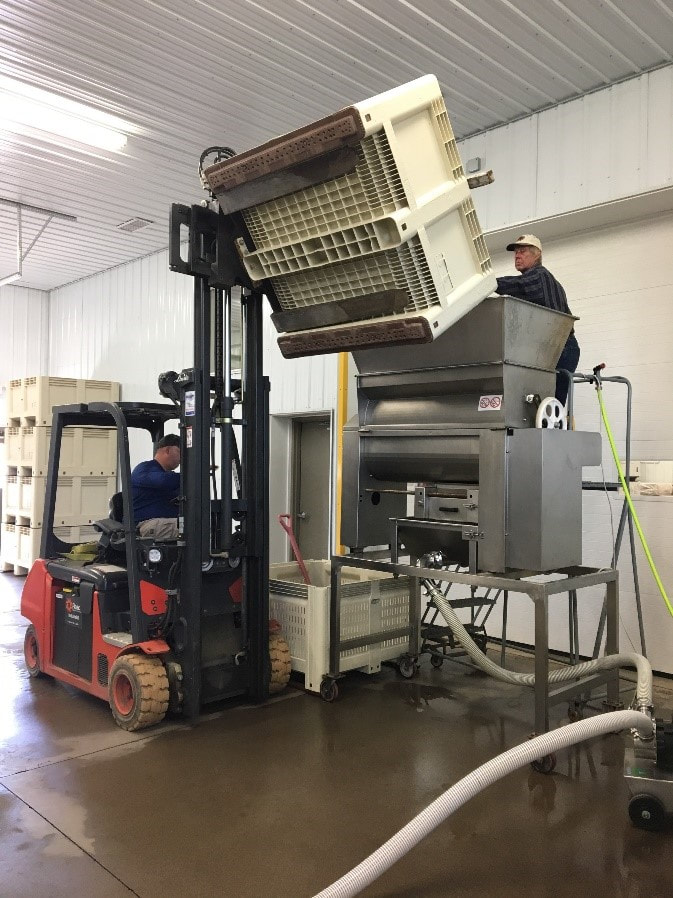
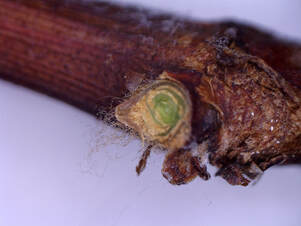
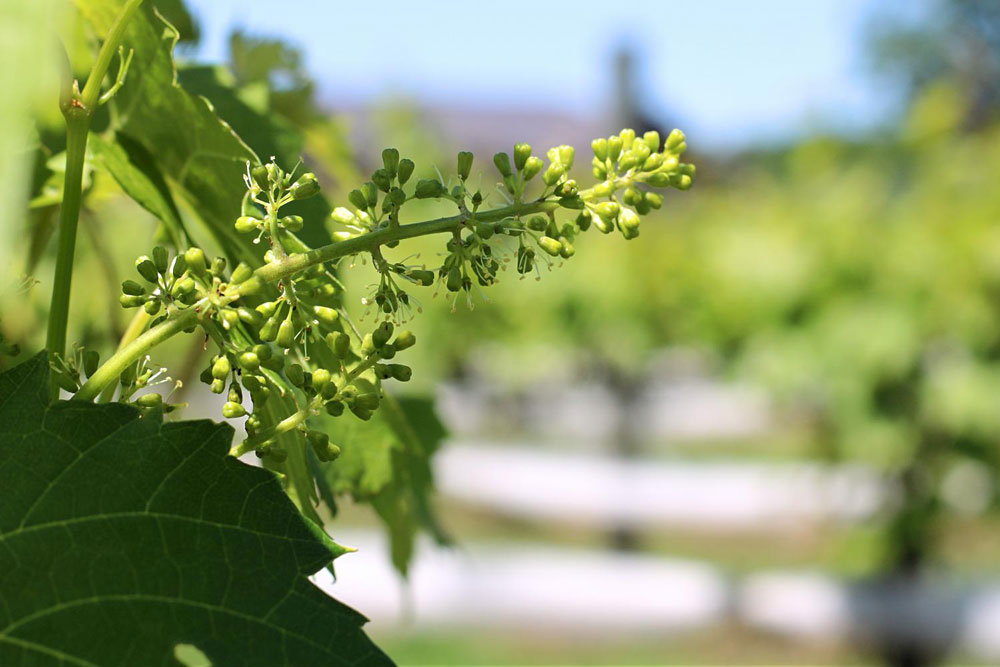

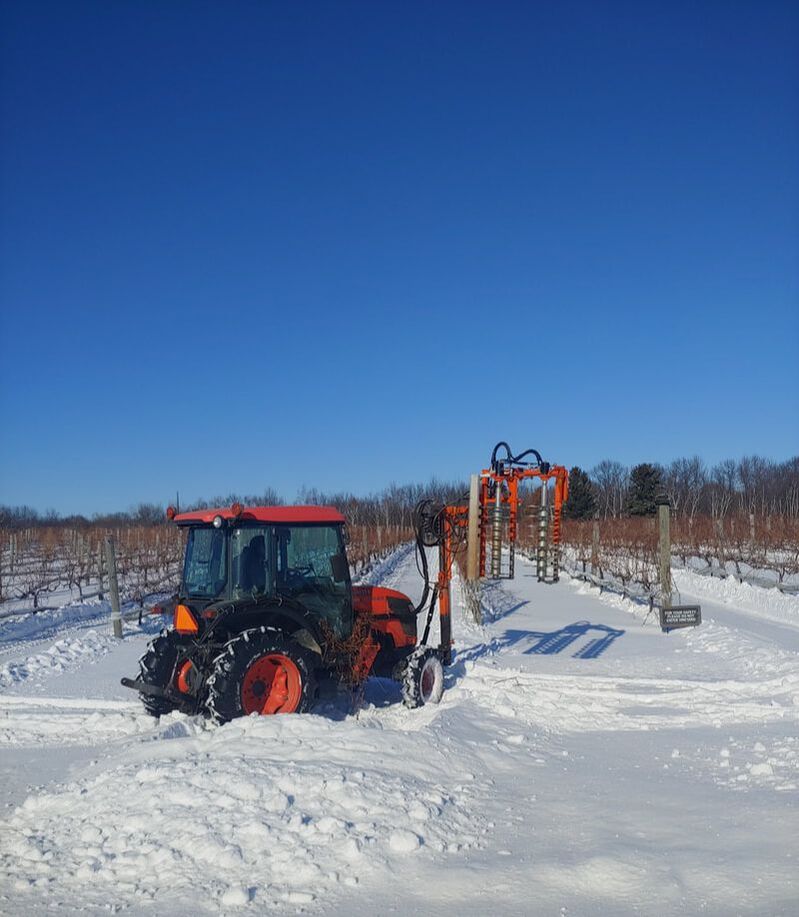
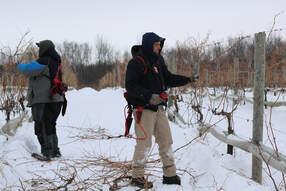
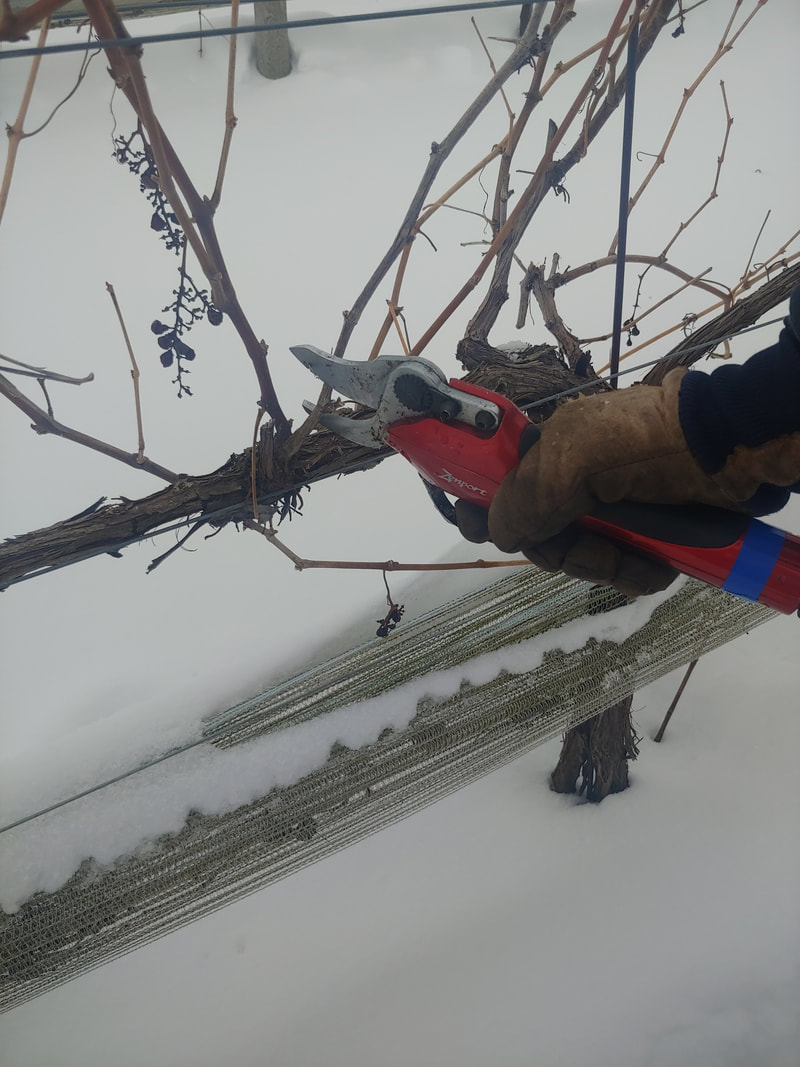
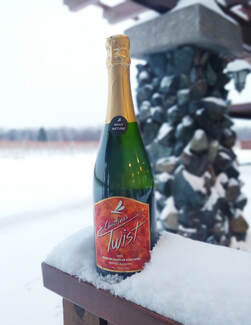
 RSS Feed
RSS Feed
